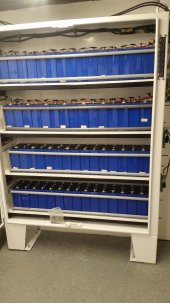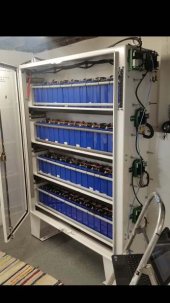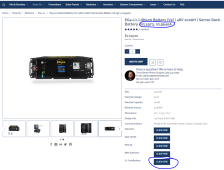cs1234
Solar Wizard
- Joined
- May 9, 2022
- Messages
- 2,819
Sure, depending on what features you have enabled in an AIO , accurate SOC can be very useful. Say it's controlling microinverters and doing zero or limited export and you want to push it really close to the edge of battery capacity. Some manufacturers manage to do it without requiring closed loop, but it is kind of kludgy compared to trusting the BMS to report an accurate SOC and capacity.Personally, for a stable system that isn't being rebuilt every week, I can't imagine preferring open loop. Just having an accurate SOC on the inverter would be worth it.






